Dinmukhamed Kunaev was a leader of Soviet Kazakhstan. As the First Secretary of the Communist Party of Kazakhstan he was in office from 7 December 1964, to 16 December 1986. The house opened as a museum on January 12, 2012, Kunaev’s birthday, and displays almost the entire heritage of its owner, creating an authentic atmosphere of the recent, but at the same time already distant past.
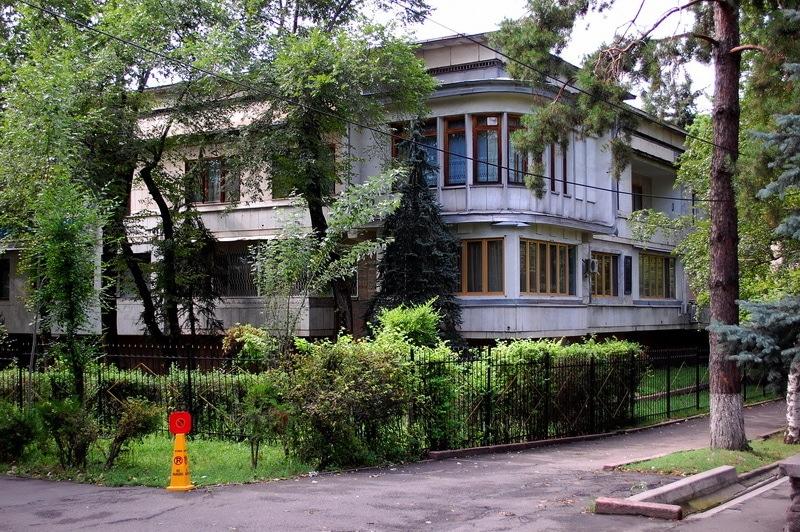
Kunaev’s niece Jannet Serikbayeva, head of the research unit of the museum, guides visitors around the last home of the prominent leader.
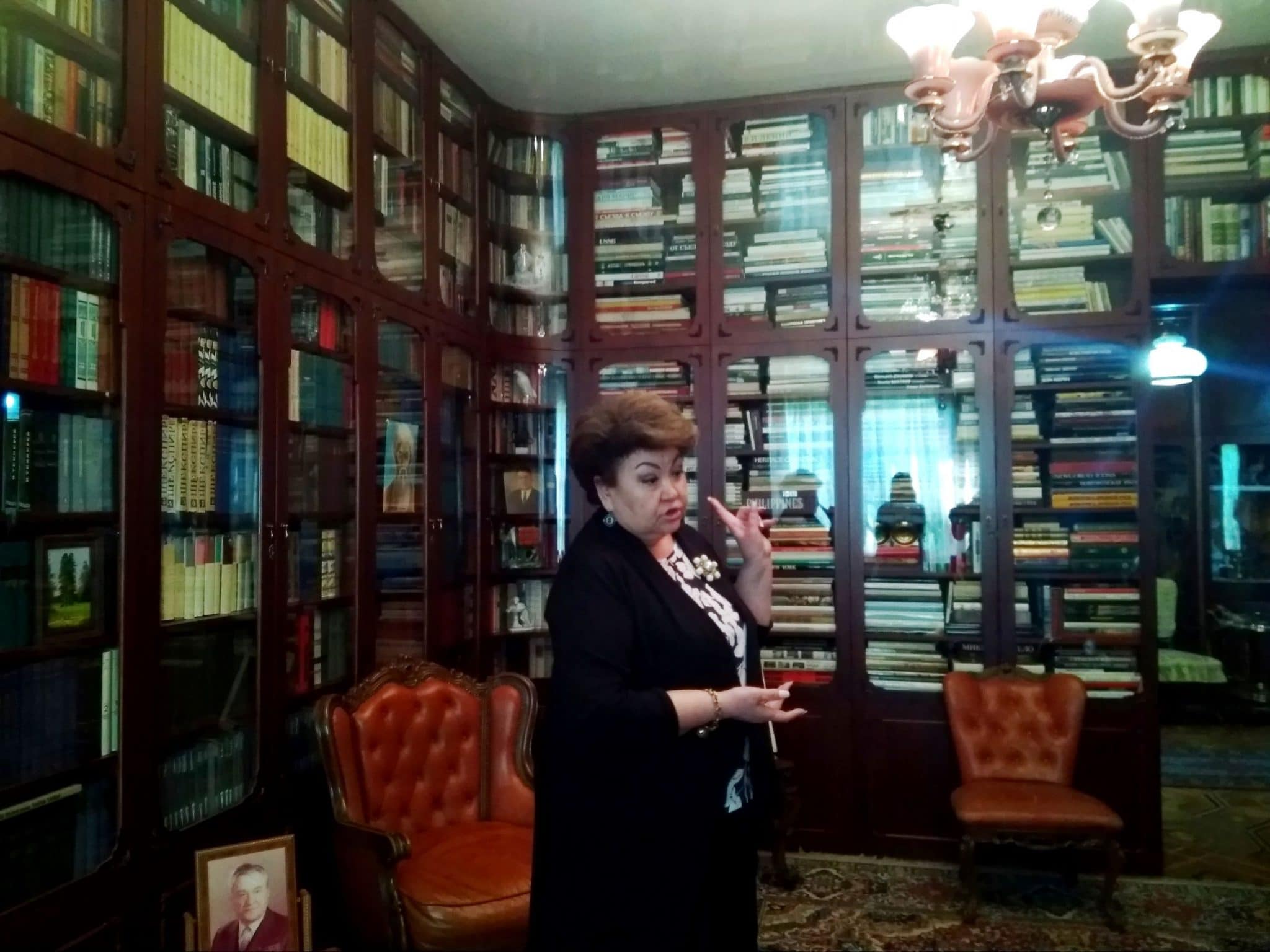
All the possessions in the apartment, carefully looked after by his descendants, seem to carry the warmth and spirit of their former owners. Rich bookcases and shelves are full of valuable historical artefacts, books, and albums gifted to Dinmukhamed Kunaev by famous people and statesmen from all over the world. He resided in this house for 30 years (from 1969 to 1993). These years were filled with epic events, fateful encounters, and family joy.
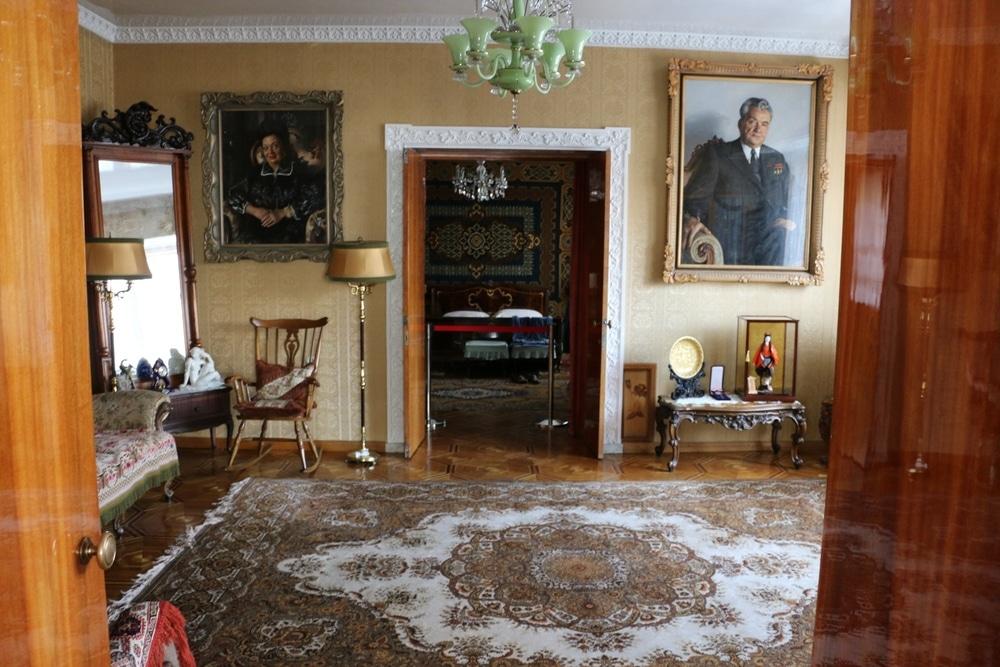
Jannet welcomes us to the study of Dinmukhamed Kunaev. Its walls are filled from bottom to top with books, including rare editions, complete works of various authors, magnificent art albums, and multi-volume encyclopedias, as well as souvenirs.
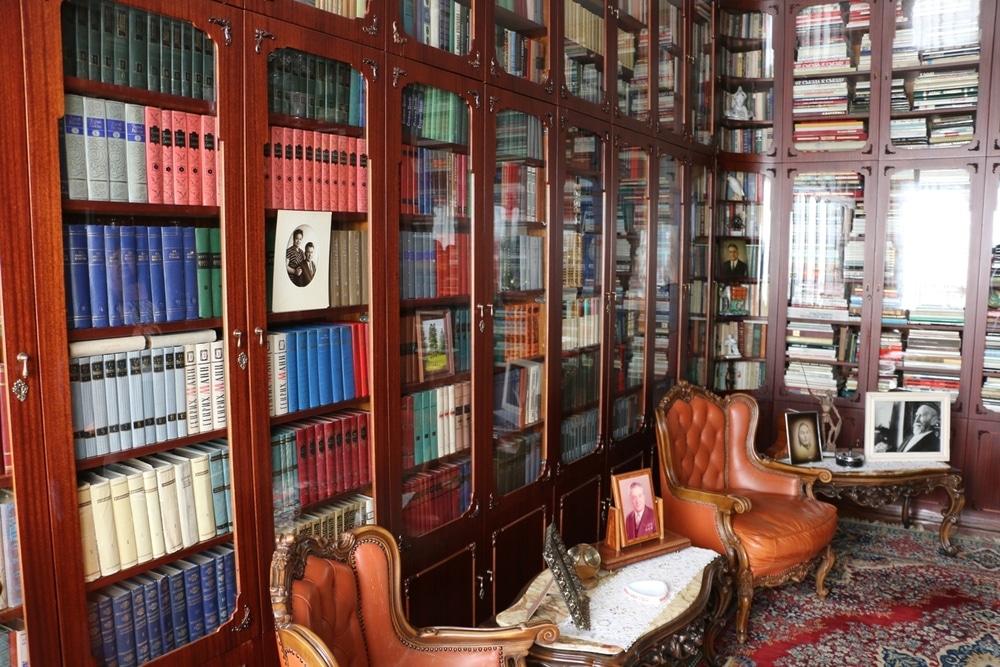
– Leonid Brezhnev was the one to initiate this building’s construction. Once, Dimash Ahmedovich (D. Kunaev) called Brezhnev to his previous house during the latter’s visit to Alma-Ata in the 1960s. Kunaev used to live on the corner between Kommunisticheskaya and Kirov Streets. Brezhnev was surprised to see that the Kazakhstan Republic’s First Secretary lived in a humble three-room apartment. He said: “Members of the Politburo live differently at our end.” He thought that the leader of such a big and rich republic should have lived in more comfortable conditions. Later, he insisted that Kunaev move to a larger apartment. The party officials wanted to build an entire mansion for this purpose, but Dimash Ahmedovich adamantly refused. He asked to build a multi-apartment block instead. However, security considerations for the first state official had to be taken into account. Thus, a nice living block with three entrances was built and D. Kunaev moved there in 1969 with his spouse.

Was Brezhnev so thoughtful? Well, he worked as the second secretary of Kazakhstan in 1954 (and as first secretary in 1955). Perhaps their characters matched on some level. Dimash Ahmedovich respected Brezhnev a lot and did not like jokes about him. He used to say that by over-presenting Brezhnev with awards, people around him were just using Brezhnev’s poor health in his later years.
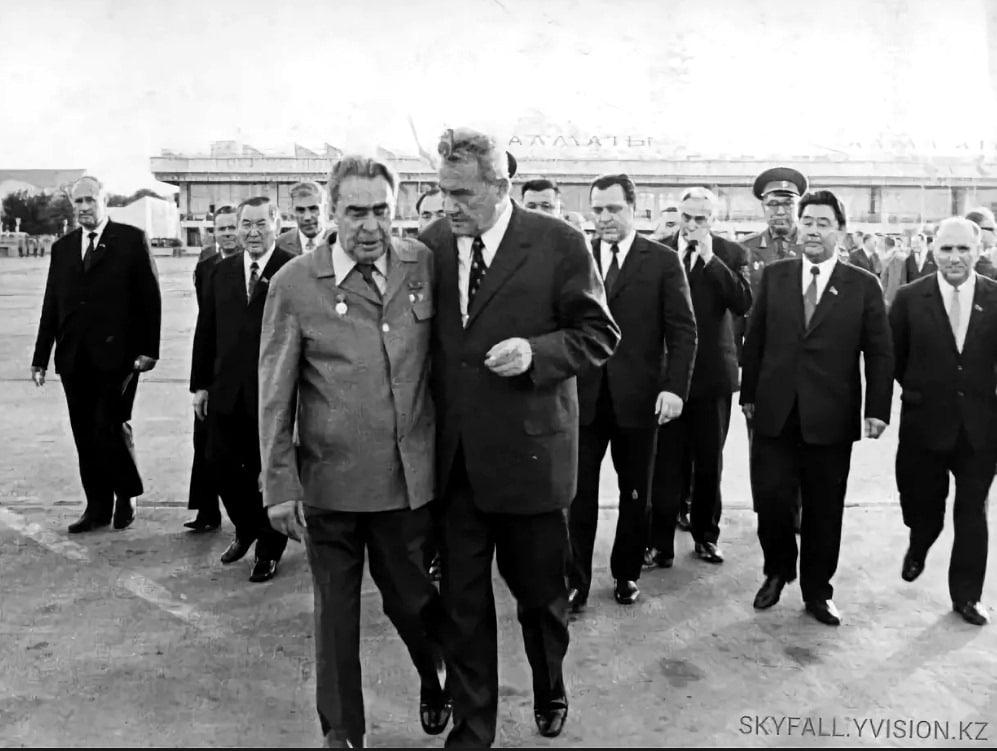
Kunaev’s unique book collection contains up to five thousand volumes. These include world literature; Russian, Kazakh and Soviet classics; science and specialized books; and various encyclopedias, including history of art volumes. He read each of these books many times.

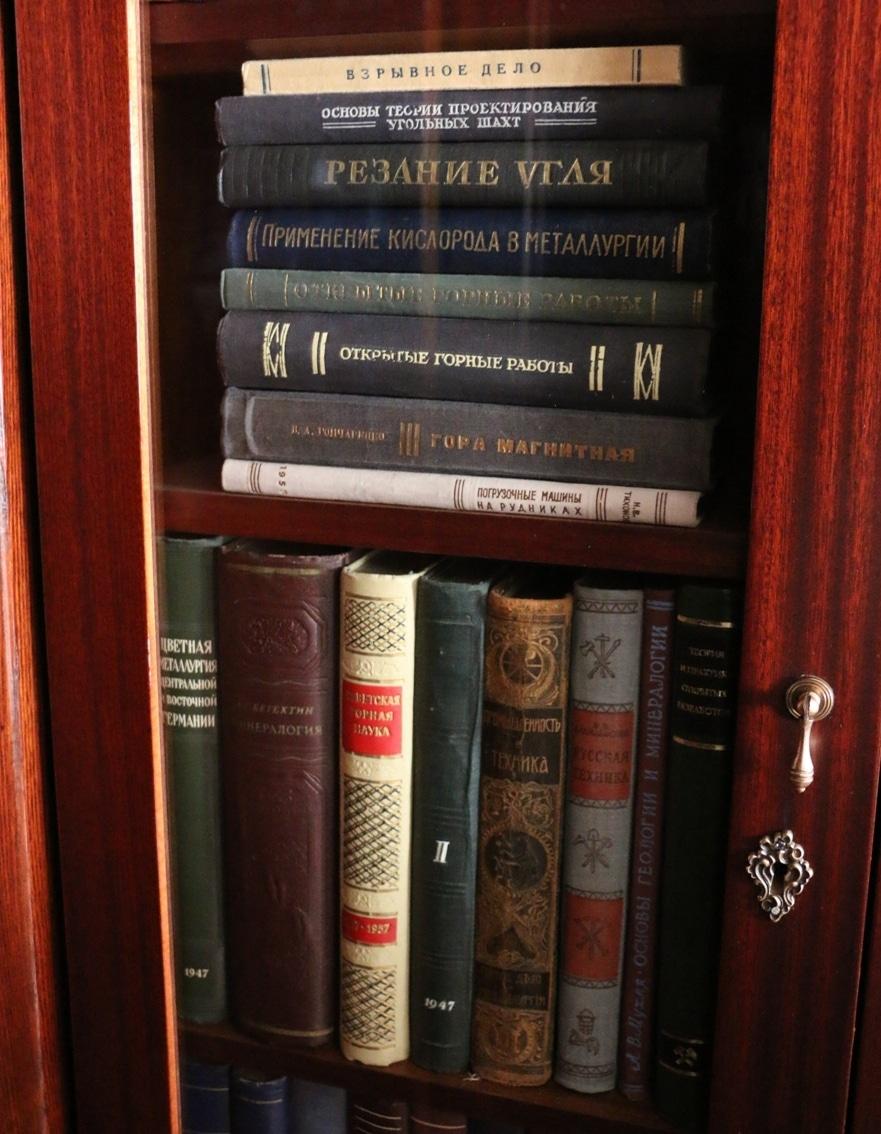

– His father, Menliahmed, would always tell him: “The reputation of a person must be like a white atlas, so that not even a water stain can be spotted on it!”, – says Jannet
Dinmukhamed would always bring art albums, which he very much appreciated, back from his travels abroad. Kunaev considered cultural envoys the foremost representatives of a country’s real image. Therefore, he strongly supported them. Starting in the 1960s, he helped organize full-length tours of Kazakhstan by the best Soviet theater and art groups.

Jannet accompanies us into the center of the spacious study and continues her narrative:
– This is Dimash Ahmedovich’s desk. It is arranged just the way it used to be during his lifetime. These are his manuscripts, clock, eyeglasses, calendar, and stationery. We added to it folders with letters from politicians and ordinary citizens with gratitude, thoughts, and requests, as well as his business card holder.

On the left, we see an elegant miniature depicting birds of paradise in a frame sitting on top of a cabinet. This was a gift from the Shahinshah Mohammed Reza Pahlavi, given to Kunaev during his visit to Iran. To the left we see a sophisticated clock built into a decorative jug—a gift from the Kazakh diaspora presented to Kunaev in 1992 in Turkey, where he fled after being released from house arrest.

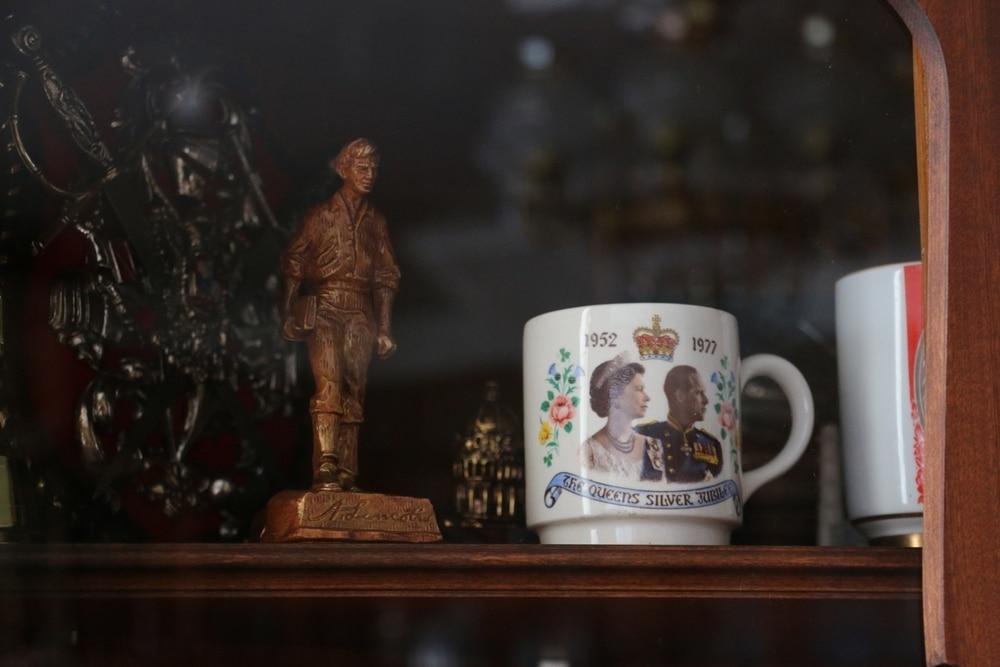

One of Kunaev’s biggest hobbies (apart from his passion for hunting) was collecting lighters and miniature books. He had an impressive collection of lighters, including 467 rare items. He smoked until 1974 but quit after the fourth heart attack. However, he continued to add to his collection all the same. During official visits, statesmen were given gifts to commemorate their stay in the country. Having learned about Kunaev’s hobbies, the British prime minister Anthony Eden gave him a lighter in the form of a two-volume book of Shakespeare in 1956. The one with a built-in figure of a geisha was a gift from the Japanese prime minister, Yasuhiro Nakasone. Another, shaped like a sitting camel, was presented by the president of Egypt, Gamal Abdel Nasser. Brezhnev also gifted him a lighter—this one had a built-in clock.
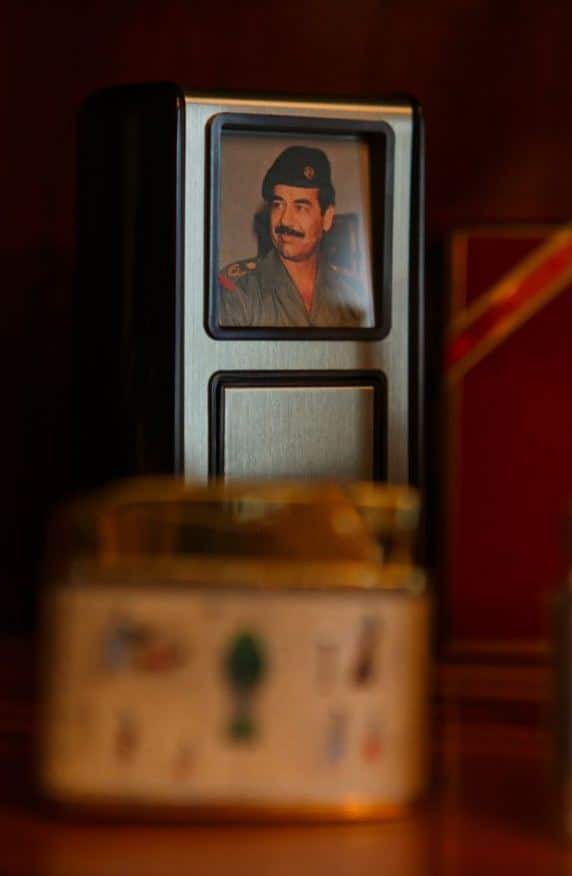



In 1977, Kunaev headed up the USSR parliamentary delegation to the UK Communist Party Congress. He was also invited to a reception hosted by Queen Elizabeth in honor of the 25th anniversary of her reign. She gave Kunaev two cups, now placed on the upper shelf of the cupboard. There is also a miniature depicting the sixteenth U.S. President, Abraham Lincoln, given to Kunaev in 1960 by then-President Dwight D. Eisenhower during his visit to the United States. In his diary, Eisenhower later wrote, “Today I met a great man. This is a deep politician, a person who has fully mastered people’s wisdom and a rare person in the Soviet Union.”
As a diplomat, Kunaev held negotiations with leaders with complicated characters. They included China’s Mao Zedong; North Korea’s Kim Il Sung; the Shahanshah of Iran, Mohammad Reza Pehlevi; the president of Algeria, Houari Boumédiène; the president of Egypt, Gamal Abdel Nasser; and the Cuban leader, Fidel Castro.
Kunaev contributed substantially to the development of the capital – Alma-Ata. A significant amount of public funds were allocated to build Alma-Ata, called the Mecca of architectural art in the Soviet Union. He fought personally for each project and each building. He also put a lot of effort into getting funds from Moscow to build the Medeu dam that then saved the city from destruction by a mudflow. The explosion plan was carried out based on calculations made in 1938 under Kunaev’s leadership.
Dinmukhamed Ahmedovich had been inviting eminent architects from all over the USSR. He did not simply check on the running of the project; he would select places for construction and make sure that each building would be in harmony with the environment. The city had been developing for decades and centuries, and while the change is inevitable, it should not be dissonant with time. Therefore, none of the buildings constructed during his time in office was out of place. This was also how Kunaev raised the image of the state.


Jannet now takes us to a spacious dining room with a giant table for 12 people with a snow-white tablecloth on it.

This is where the owners had welcomed their big family, celebrated happy occasions, and hosted guests, treating them to overseas fruits sent from Cuba by Fidel Castro and from North Korea by Kim Il Sung. Jannet proudly shows us the furniture:
– Note that all the cupboards in the living room and the bookshelves in the study are proof that many factories and plants operated during Kunaev’s time. These cupboards and shelves were all mass-manufactured in the local Merey furniture factory.
To the right of the table, we see an exclusive Romanian walnut hunting buffet with bronze fittings, Tuscan marble worktops, and crystal (used instead of glass). This work of art was made on the special order of Leonid Brezhnev for his friend. It features exotic figurines and objects, gifts from the state leaders of Eastern countries.


In 1955, when Dimash Ahmedovich became prime minister and chairman of the Council of Ministers of Kazakh SSR, the prime minister of India, Jawaharlal Nehru, a politician with massive international prestige, visited our country. Alma-Ata was the only city besides Moscow to enjoy a visit from such a high-ranking official, suggesting that Kazakhstan was known internationally long before its independence in the early 1990s. During his visit, the Indian prime minister gave Kunaev this statue of an elephant.
Upon Kunaev’s resignation, Moscow under Gorbachev launched a criminal investigation, accusing him of tribalism and nepotism. Over 20 of his associates were arrested. Moscow sent a high-profile investigator, V. Kalinichenko, to Alma-Ata. However, the latter could not find anything on D. Kunaev. He had no villas, no cars. All he ever had was one state apartment, a state summer cottage, and souvenirs. He also gave all particularly valuable souvenirs to the state and kept all the receipts for purchases made abroad. This is what saved him in 1986 when he was accused of bribery!

Diyar Kunaev, his nephew, who lived in the apartment after Kunaev passed away, adds, concluding the story:
When Dimash Akhmedovich retired, Olzhas Omarovich Suleimenov gave him the idea to write his own memoirs. As a philologist, I offered him my services. He sat down and produced numerous texts. And I would type them on a typewriter. In his book, he analyzed his path, recognizing his own mistakes and the crimes of Stalin’s regime.
He could not stay still without doing any work for long. In 1992, D. Kunayev created a charity foundation that would provide assistance to veterans and the disabled. Soon he was driving around the regions of Kazakhstan like in his earlier days. But on August 22, 1993, his heart stopped beating…














